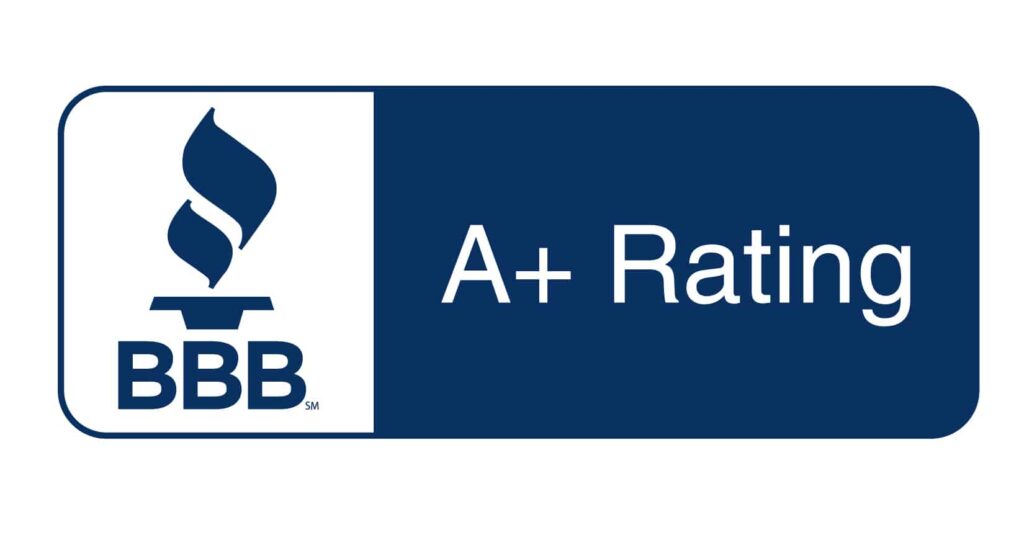Energy Star is a program established in 1992 by the Environmental Protection Agency (EPA) with the aim of reducing energy consumption and greenhouse gas emissions by promoting energy-efficient products and practices. Over the years, the program has grown in importance and relevance, especially in the area of residential roofing and siding products.
Energy Star was launched in response to the growing concerns about the impact of energy consumption on the environment. The program initially focused on labeling energy-efficient office equipment, but it has since expanded to include a wide range of products and services, including residential roofing and siding products.
One of the main reasons why Energy Star has become so important in the residential roofing and siding industry is that these products have a significant impact on energy consumption in homes. The roof and siding of a home are critical components that affect its overall energy efficiency. A poorly insulated roof or siding can result in heat loss during the winter and heat gain during the summer, leading to higher energy bills and increased greenhouse gas emissions.
To address this issue, Energy Star has established strict criteria for residential roofing and siding products to ensure they meet high energy efficiency standards. Products that meet these standards are awarded the Energy Star label, which indicates they have been independently verified to save energy, reduce greenhouse gas emissions, and offer high-quality performance.
The Energy Star program has been successful in promoting energy-efficient residential roofing and siding products. According to the EPA, homes that use Energy Star certified products can save up to 30% on energy bills compared to homes that use non-certified products. This not only helps homeowners save money but also reduces their carbon footprint and contributes to the overall effort to combat climate change.
In addition to promoting energy-efficient products, the Energy Star program also provides valuable information and resources to homeowners, contractors, and manufacturers. Homeowners can use the program’s website to find information about energy-efficient products, calculate energy savings, and find certified contractors. Contractors and manufacturers can also use the program’s resources to learn about the latest energy efficiency technologies and best practices.
Overall, Energy Star has played a crucial role in promoting energy efficiency and reducing greenhouse gas emissions in the residential roofing and siding industry. By setting high standards for energy efficiency and promoting certified products, the program has helped homeowners save money on energy bills while reducing their impact on the environment.
It’s also worth noting that the Energy Star program has had a positive impact on the industry as a whole. Manufacturers are incentivized to produce more energy-efficient products, which has led to increased innovation and competition in the market. This has resulted in more affordable and accessible energy-efficient products for homeowners.
In conclusion, the Energy Star program has had a significant impact on the residential roofing and siding industry. By promoting energy-efficient products, providing valuable resources, and setting high standards, the program has helped homeowners save money on energy bills while reducing their carbon footprint. The program has also contributed to increased innovation and competition in the industry, resulting in more affordable and accessible energy-efficient products.




